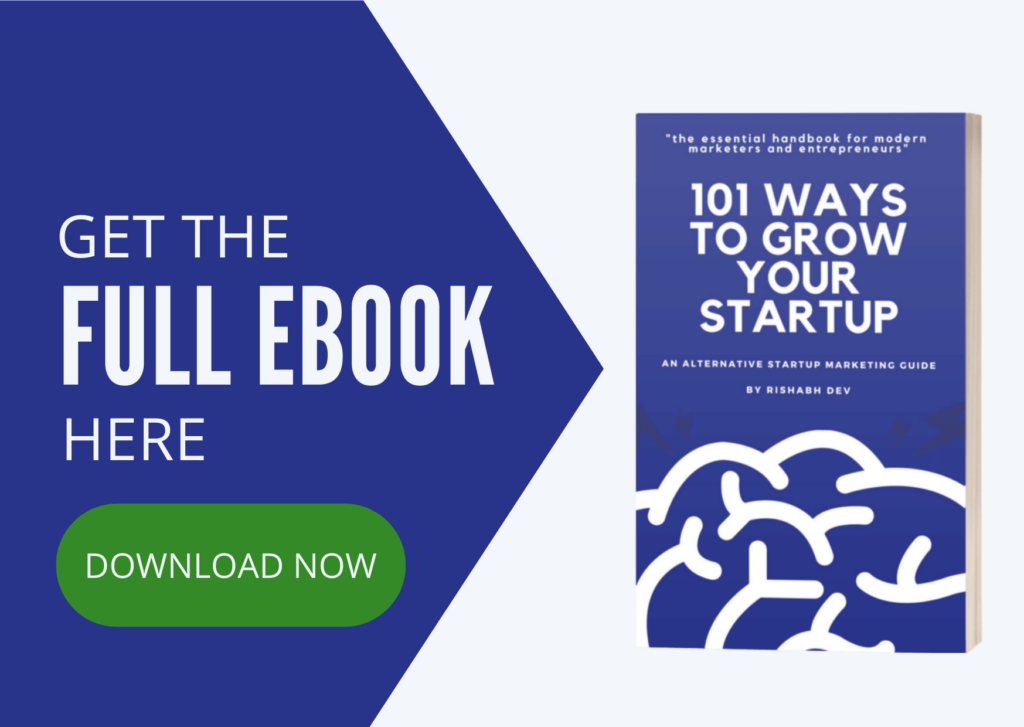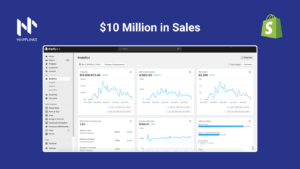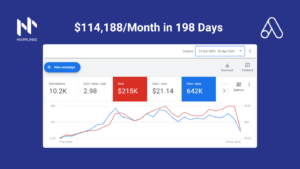Rine Bars approached Mapplinks for growth marketing consultation as well as execution of their first influencer marketing campaign. As part of our process, we started by getting the required information to ideate based on our growth questionnaire.

Based on the inputs provided by the Rine Bars founder and team, we started working on the Ideation Phase and designed 8 unique Growth Experiments from the shortlisted ideas.
The Rine Bars’ team shortlisted multiple experiments and we prioritized the Micro-Influencer & Affiliate Campaign on Instagram based on the ICE scores of the shortlisted experiments.
Influencer Marketing as a Growth Marketing Experiment
The experiment was designed in a way that we outreach influencers using an in-house tool we’ve developed for Instagram scraping. In exchange for influencer shoutouts, we gave away our protein bars for them to try. We used the collaborations to drive sales by converting the influencers to affiliates.

The last step is important as it moves the focus from just ‘engagement’ and ‘reach’ metrics to our ultimate OMTM or North Star metric which, in this case, was to generate affiliate sales.
Growth Marketing Hack: Fit Influencers as ‘Affiliates’ and not just ‘Billboards’
The important takeaway here is that it’s much easier to convert an influencer you’ve collaborated with to an affiliate than it is to enroll affiliates directly.
This makes a regular influencer marketing campaign and their conversions much more effective as they are collaborating with us at different levels.

A combination of micro-Influencers and affiliates helps reach the right audience which in term enhances engagement and conversion ratios resulting in more ROI.
Influencer Marketing Execution
The Mapplinks team, led by Rishabh Dev, rolled out the micro-influencer campaign for Rine Bars in 2 phases. The first phase was targeting 500 influencers. We put our numbers on the minimum engagement rates and relevancy we need in order for an influencer to be a potential partner and did the outreach accordingly.
In the first phase, we generated around 220,000+ engagements and started looking at increasing the engagement in the second phase as well as converting those influencers to affiliates.

In the second phase of campaign execution, we converted 50 of the 500 influencers to affiliates and started seeing ROI both in terms of engagement as well as actual sales.
So we repeated the outreach phase to 600 new influencers, this time, with even higher engagement ratios and potential conversions. We converted 75 to these to affiliates, leading to around 3.5x ROI on the entire campaign investment made by the client.

The affiliates continue to sell Rine Bars products even today and will hopefully be our partners for the long term. This means the customer continues to get ROI from the growth campaign as long as they can hold on to their affiliates and keep them happy!

Growth Experiment Analytics
- Total Engagements: 570,000+ people engaged organically through the micro-influencer networks
- Influencers Engaged: 300+ influencers engaged in the campaign to drive growth for Rine Bars
- Sales Affiliates: 100+ influencers turned into affiliates for promoting the sales of the protein bars
- Paid Budget Used: ZERO paid budgets used in the entire campaign
- ROI from Sales Generated: 3.5x
If you want to know which metrics to track, start with your growth funnel first, and then decide what’s most important to you.
We call this metric the OMTM. (What is OMTM?)
Tracking Sales from Affiliates
We used unique coupon codes for each affiliate to track sales from those affiliates. We had specified the terms of the affiliate program which are optimal for us, the end consumer, as well as the influencer-turned-affiliate.
Influencers got us sales by sharing their discount coupon on their Instagram posts, as in the example shown below:

Conclusion
While engagement is a great metric itself, we drove sales using this Instagram Influencer marketing campaign and the workflow is extremely effective for multiple other businesses.
Influencer Marketing Growth Hacks
While running multiple experiments for Rine Bars, we discovered a few interesting growth hacks that worked effectively. Feel free to include these hacks in your influencer marketing experiments:
Hack #1: Don’t limit to engagement. Convert Influencers to Affiliates.
Hack #2: Track Influencer reaches over time and re-engages the influencers again especially on Instagram where the reach is the maximum only for the initial few days.
Hack #3: Use influencer stories on Instagram to hit your audience again (or should we say their audience!)
Hack #4: Add an influencer connect a form on your website once you’ve collaborated with multiple influencers as new influencers will now be looking to collab with your brand!
Hack #5: Use Instagram pods where your influencers hang out and let the group know about your influencer collaborations organically through your content. Do not spam the pods!
Using Instagram Pods to create a list of Influencers was one of the key experiments that helped us scale influencer marketing campaigns in the past!
If you’re looking for a growth marketing consulting or execution company that has created world-record-breaking growth campaigns and is founded by one of the early adopters of growth marketing, contact us at rishabh@mapplinks.com to discuss your requirements.




